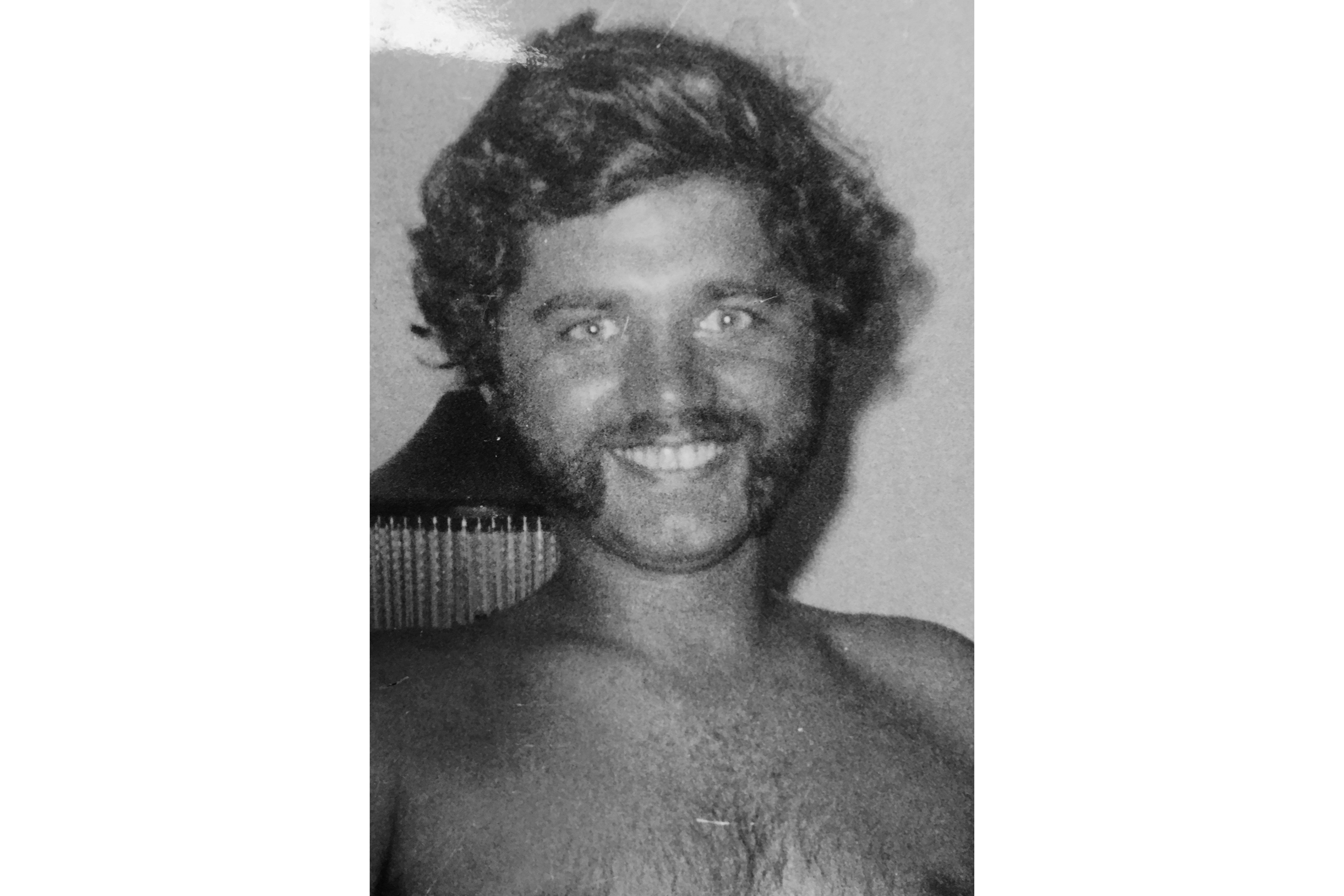
The cold case of a woman who was kidnapped and murdered before her body was found in a river could finally have been solved.
DNA found on the clothing of the Chicago woman who was killed 45 years ago matches that of a suspected serial killer who died two years later, police said on Wednesday.
The DNA of Bruce Lindahl, who is believed to have killed as many as a dozen women and girls, was confirmed to be on Kathy Halle's clothing, authorities said.
Authorities believe Halle was abducted in March 1979 after leaving her North Aurora apartment complex. Her body was found weeks later in the Fox River, about 40 miles (64 kilometers) west of Chicago, North Aurora police Detective Ryan Peat said at a news conference.
In 1981, Lindahl was found dead in an apartment in Naperville, another of Chicago's western suburbs. Police said he apparently accidentally slashed a major artery in his own leg and bled to death while fatally stabbing an 18-year-old man in the home. Many photos of naked women later were discovered in Lindahl’s apartment. His remains were exhumed in 2019 for DNA testing.
In 2020, authorities announced that Lindahl's DNA linked him to the 1976 strangling of 16-year-old Pamela Maurer, whose body was found by a motorist along a roadside in the village of Lisle.
In Halle's case, prosecutors determined that the “science was good, that it did in fact show that the DNA that was found on Kathy’s clothing belonged to Bruce Lindahl,” Kane County State’s Attorney Jamie Mosser told reporters Wednesday.

“As such, had he not killed himself while in a murder, we would have authorized first-degree murder charges against Bruce Lindahl and we would have proceeded to trial on that,” Mosser continued.
Halle’s family said in a statement that revisiting the case has been difficult, but they are grateful to have closure after 45 years.
“Thanks to advancements in DNA technology and groundbreaking investigative tools, we are hopeful that other families won’t have to endure the same pain and uncertainty that we faced for so many years,” the family said. “We extend our heartfelt thanks to the North Aurora Police Department and all the agencies and organizations involved for their dedication, persistence, and for never giving up, even when the odds seemed impossible.”
At the time of his death, Lindahl was a suspect in the 1980 rape and kidnapping of Debra Colliander. Authorities believed Lindahl abducted the woman from a suburban shopping center, and raped her in his Aurora home before she managed to escape and call police from a neighbor’s house.
He was charged then released from jail after posting bail. Days before she was to testify at his trial, Colliander vanished, forcing prosecutors to drop the charges in 1981.
In 1982, several months after Lindahl’s death, Colliander’s body was discovered by a farmer in a shallow grave. An autopsy was unable to determine how she died, but her death was ruled a homicide.







